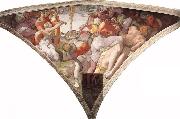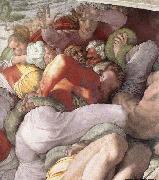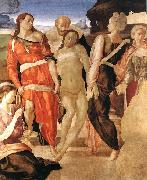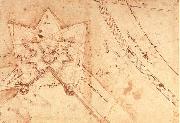
Oljemålning på duk, riktig reproduktion av gamla målare.
|
|
|||
|
Michelangelo Buonarroti
|
|||
| b Caprese 1475 d Rome 1564 | |||
|
|
|||

| |||
|
|
|||
|
|
|||

| |||
|
|
|||
|
|
|||

| |||
|
|
|||
|
|
|||

| |||
|
|
|||
|
|
|||

| |||
|
|
|||
|
|
|||
| Föregående Konstnär Nästa Konstnär | |||









